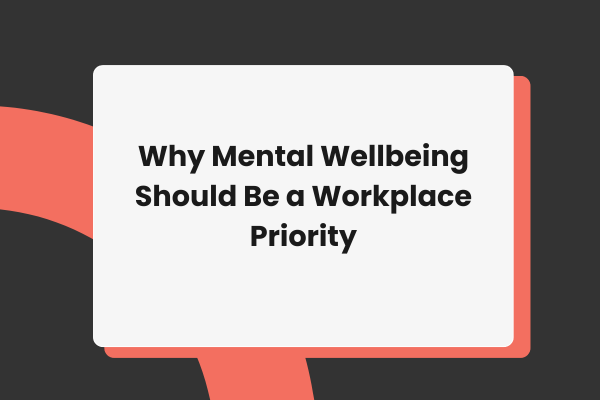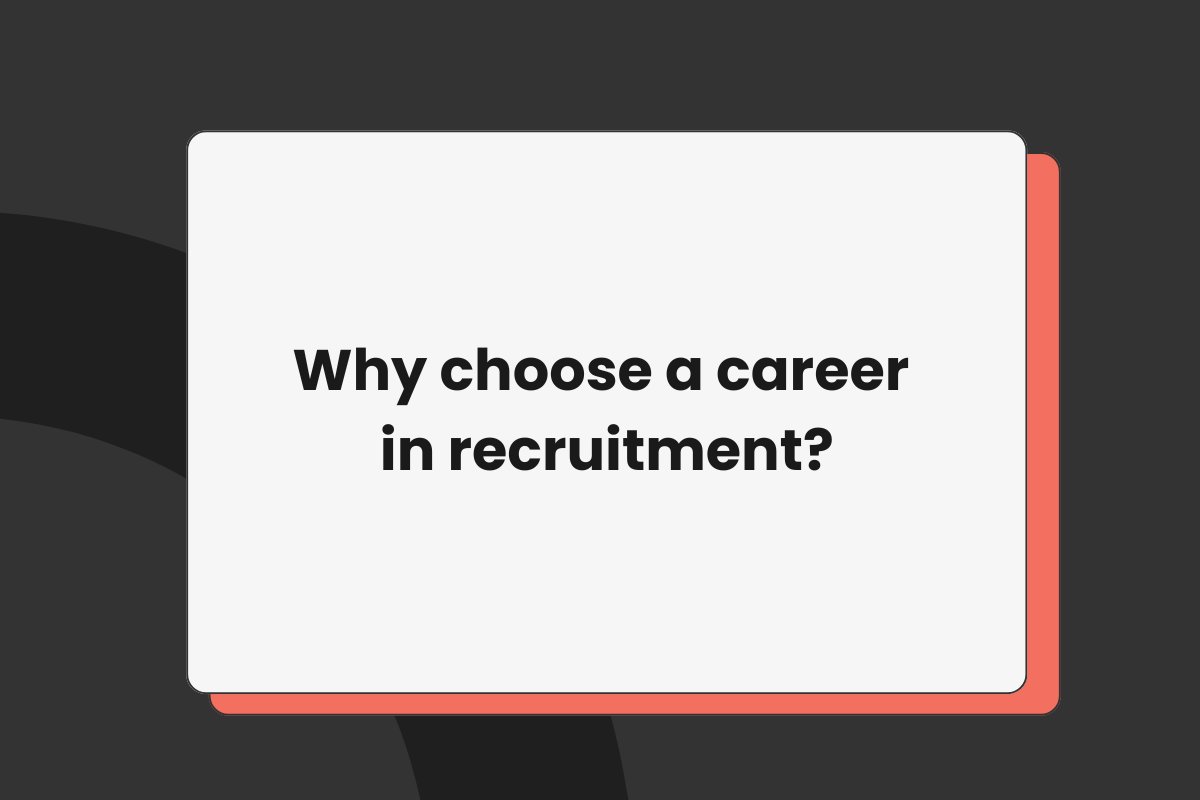Why employers should prioritise employee wellbeing and embed it into a successful workplace strategy
Mental wellbeing is no longer a “nice to have”, it’s essential. High-performing teams are built on trust, support, and resilience. Yet, too often, mental health is treated as a once-a-year tick-box rather than a continuous priority.
Employers that embed mental wellbeing into their culture don’t just improve employee morale — they attract the best talent, increase retention, and boost performance. The link between mental health and productivity is clear: burnout and disengagement cost billions annually. When people feel psychologically safe, they perform at their best.
Think of a stressful time in your life. Chances are, your focus, energy, and output at work suffered. Now imagine that across an entire organisation. That’s the cost of ignoring mental health.
Creating a culture that prioritises wellbeing isn’t just empathetic, it’s strategic. People want to work for businesses that genuinely care. When you invest in mental wellbeing, you’re not only reducing risk, you’re unlocking potential.
Embedding Mental Health into Your Wellbeing Strategy
A meaningful workplace mental wellbeing strategy requires more than surface-level perks. Start with:
- Listen First: Use anonymous surveys to assess emotional wellbeing.
- Train Your Leaders: Spot the signs of distress and offer real support. Mental health first-aid training is essential.
- Normalise the Conversation: Talk about mental health as openly as physical health and lead by example.
- Offer Real Support: Provide practical benefits like counselling, employee assistance programs, and flexible working.
- Internal Communication: Make sure teams know how and where to access resources when they need them.
The ROI of Wellbeing
Investing in mental wellbeing fuels engagement, innovation, and retention. Employers who embed it into their strategy see stronger cultures, improved performance, and a competitive edge.
When your people thrive, so does your business.





